As many more of us realise how important it is to travel sustainably, we highlight ten perfect destinations for sustainable travel.
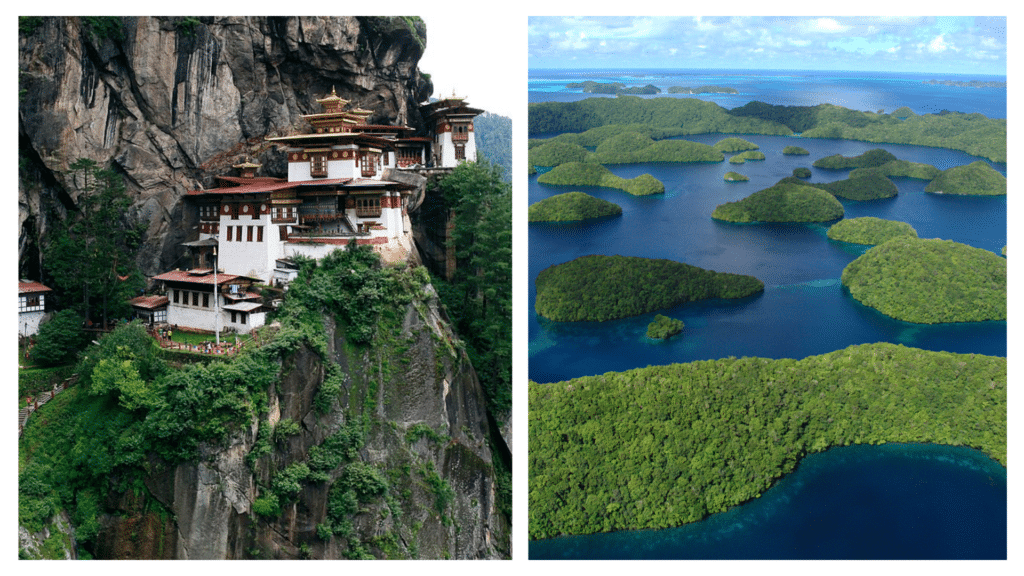
We all love to travel. You wouldn’t be reading this article on this website if you didn’t. And, of course, we are all aware of the myriad benefits of travelling, experiencing different cultures, and meeting different people.
But as we become increasingly aware of the negative impact that travelling can have, the need to travel sustainably becomes ever more important.
Often, these negative impacts are environmental in nature – think deforestation and damage to indigenous habitats, for example.
But there are also negative socio-economic factors to consider, such as the ubiquity of faceless – often western – corporations and their attempts to establish a global monopoly.
Sustainable travel aims to offset these adverse effects by protecting the natural environment of a country, providing socio-economic benefits for its population, and conserving authentic cultural heritage.
We think this should be the traveller’s aim no matter where you are, but we have compiled a helpful list of ten perfect destinations for sustainable travel.
10. Bhutan – a necessary expense

Something of a welcome anomaly, Bhutan prioritises Gross National Happiness over Gross National Income. As such, tourism is relatively new to Bhutan: the country only opened its doors to foreigners in 1974. These values continue to underpin the country’s ‘High Value, Low Volume’ tourism policy.
One stipulation is that visitors must have a minimum amount (roughly $200 daily) in their accounts. While this appears prohibitive, this Sustainable Development Fee helps to make Bhutan a beautiful place for locals and visitors.
9. Scotland – a land that’s free to all
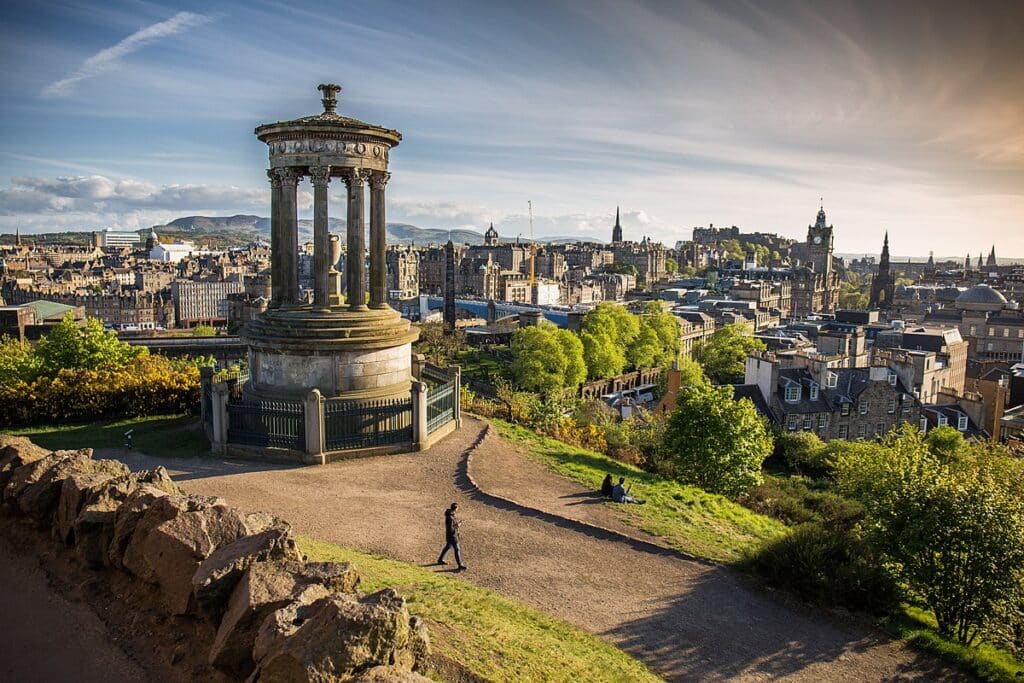
Scotland is famous for its open spaces, and it is a right by law that these spaces are there for everyone to enjoy as long as you keep up your end of the bargain.
All of Scotland’s open land and water is there for you to hike, cycle, or canoe as long as you act responsibly.
While over-tourism can be a problem in some parts, the VisitScotland website advises on optimum times to visit to mitigate this issue.
8. Slovenia – hike in the Julian Alps
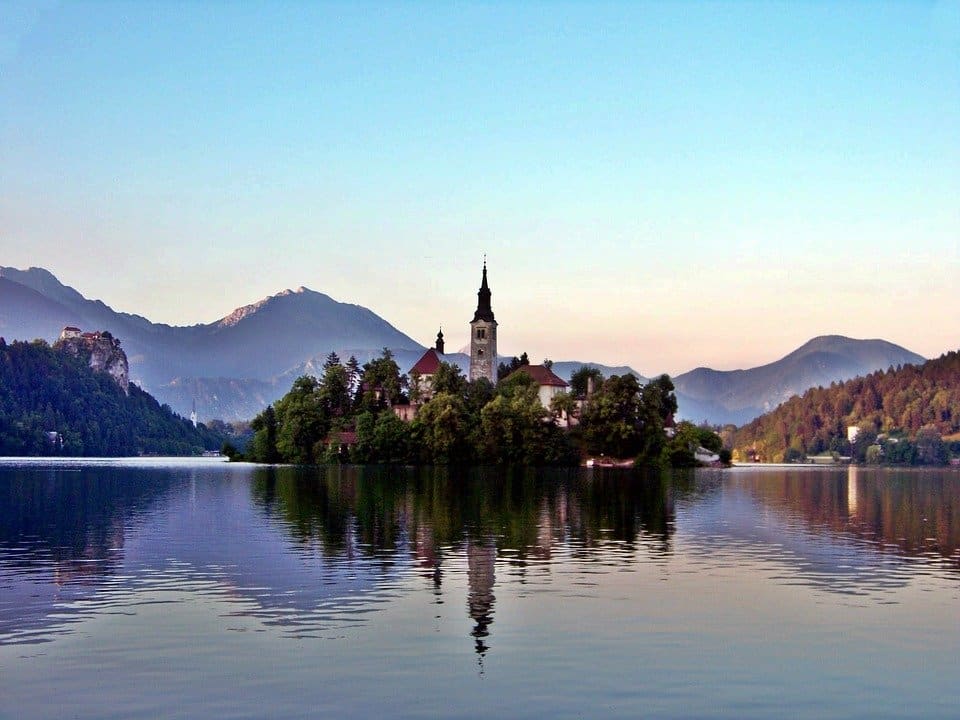
Rigid environmental laws, such as green taxes, have been in place since Slovenia joined the European Union in 2004. This has resulted in significantly higher water quality and lower air pollution.
Recent developments in the Julian Alps include new trails and signposts for hikers designed to limit negative effects on culture, community, and the natural world.
7. Denmark – on track to have the world’s first carbon-neutral capital
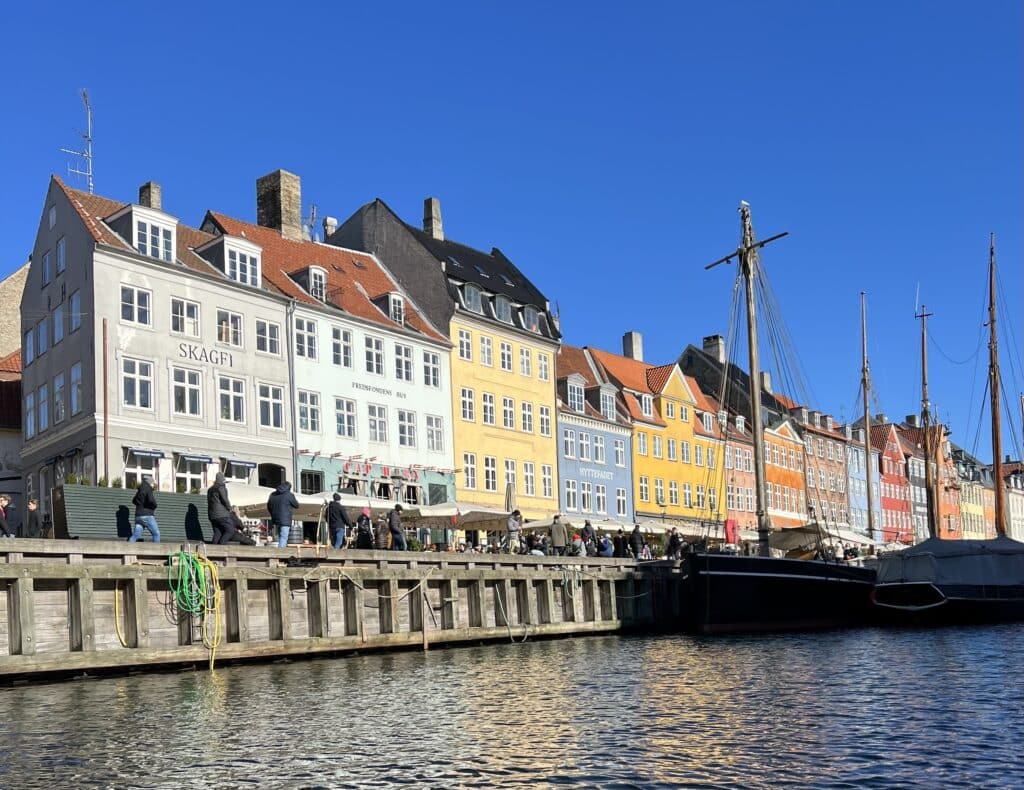
Denmark could well stake a claim as the greenest country in the world. Its capital, Copenhagen, looks set to be carbon-neutral by 2025. Meanwhile, the country as a whole aims to be fossil-fuel-free by 2050.
Most people travel by bicycle or electric-powered bus, while most of the country’s power comes from solar panels and wind turbines.
6. Rwanda – one of the most successful conservation stories
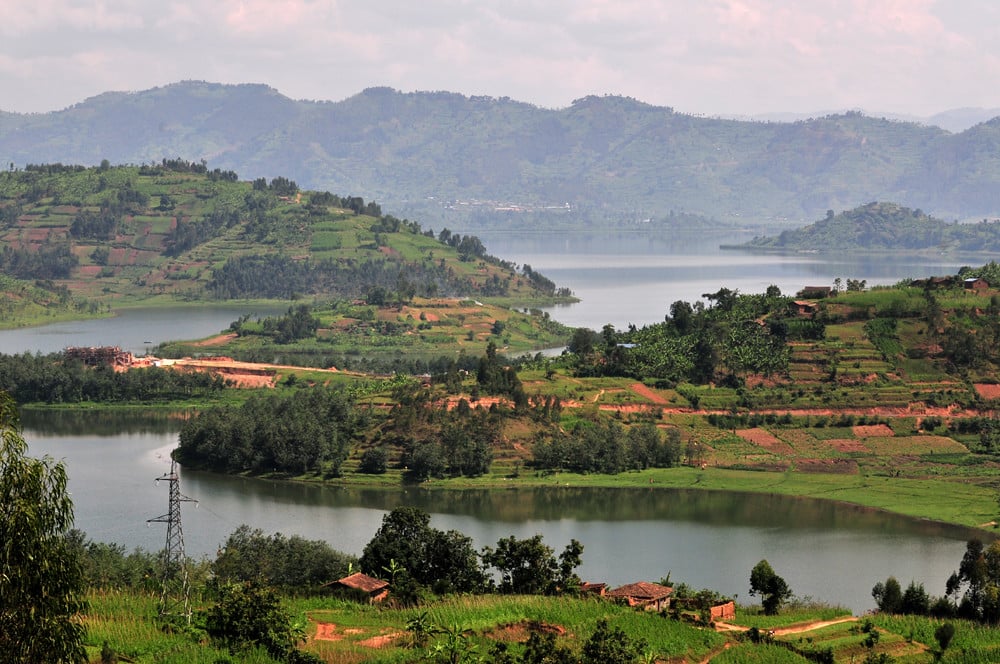
Rwanda is home to the Dian Fossey Gorilla Fund International – a charity for the protection of mountain gorillas. One of the only places to see wild gorillas safely, many experts consider Rwanda one of the most successful conservation stories.
The government has introduced rules to ensure the safety of gorillas during treks. For example, trekkers must maintain a distance of 23 feet (seven metres) from gorillas.
After decades of turmoil that included the genocide of the Tutsi people, there is now peace in Rwanda. But you should remember that many wounds remain fresh, so avoid asking probing questions.
5. Norway – a hydropower hero
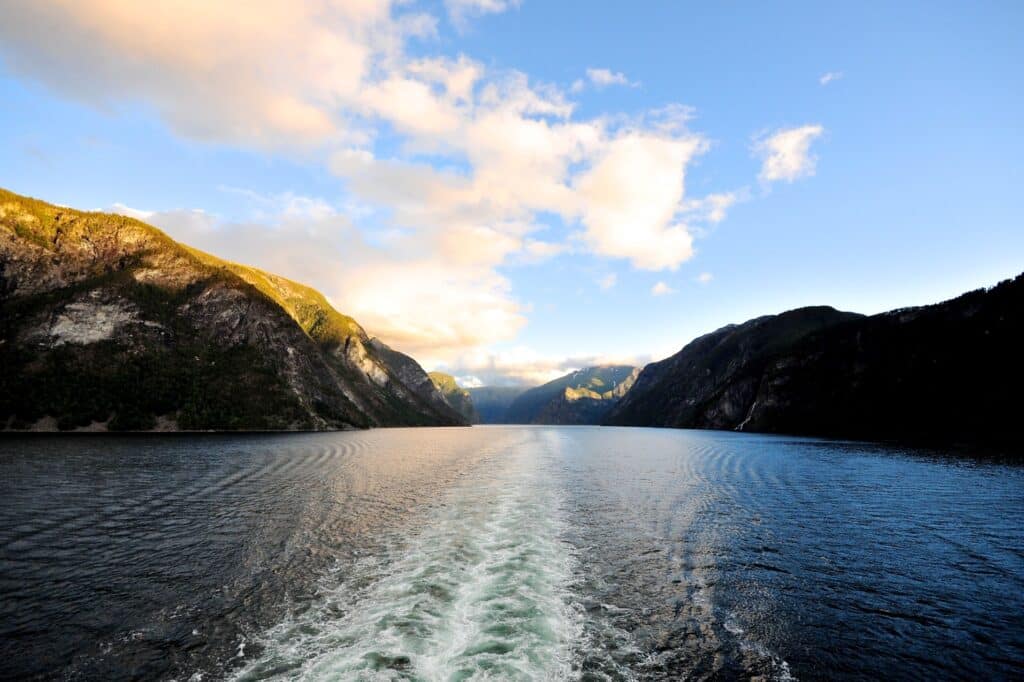
Almost 100% of Norway’s electricity comes from hydropower, while the country also invests a great deal in biomass and other renewable sources. The government aims for carbon neutrality by 2030.
The country has learned from past overfishing and now manages its fish stocks sustainably.
4. Iceland – take the pledge
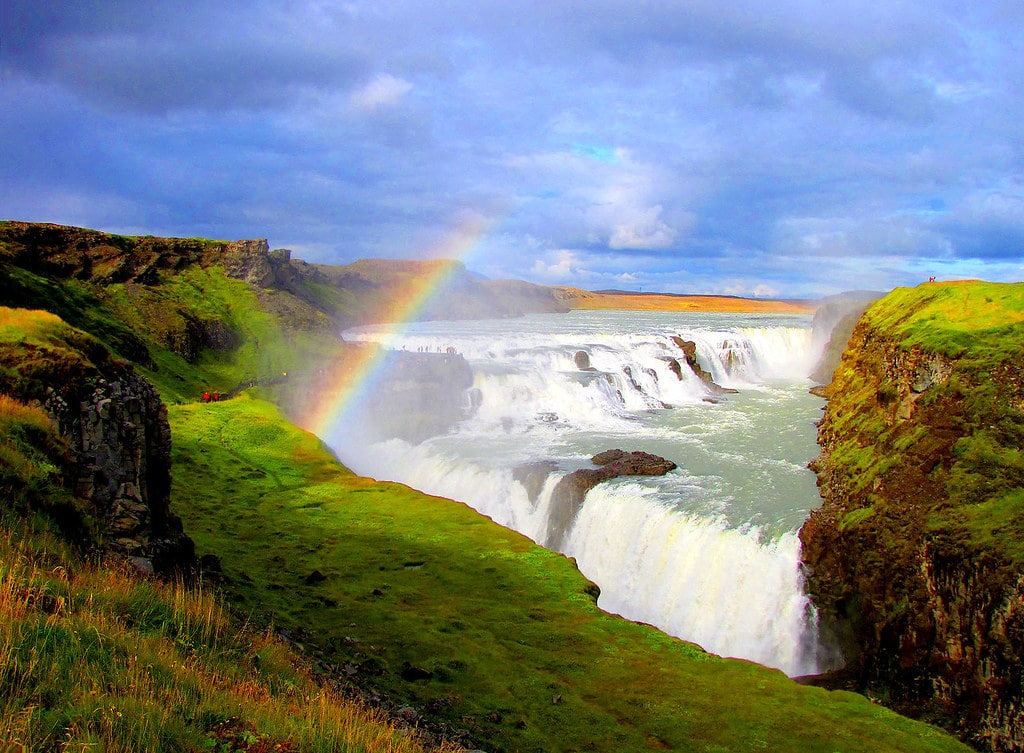
Iceland is a beautiful country that has seen its tourism industry grow exponentially in the past few years.
In an attempt to combat the aforementioned problems that such a boom can bring, the government have started an initiative called the ‘Icelandic Pledge’. The pledge includes, among other things, to leave natural places as you found them.
The VisitIceland website also has counters of visitors at important landmarks, which allows travellers to gauge how busy it is. By visiting natural landmarks on quieter days, you limit human impact on local ecosystems.
3. New Zealand – a focus on its indigenous people

Promoting sustainable travel is at the forefront of New Zealand’s tourism policy concerning the environment and the country’s indigenous people.
Whale-watching tour operators must carry a licence issued by the government, while products that are better for the environment receive government accreditation.
Furthermore, the Maori people now receive the respect owed to them, and as such, their culture is now rightly celebrated in New Zealand.
2. Finland – Europe’s most committed nation

The Finnish travel industry is committed to becoming wholly sustainable and carbon-neutral by 2035.
VisitFinland has established a programme – Sustainable Travel Finland (STF) – that helps travel agents make more sustainable choices when drafting itineraries.
Travel agents and other companies that undergo the STF programme gain official government recognition and approval.
1. Palau – one of the perfect destinations for sustainable travel
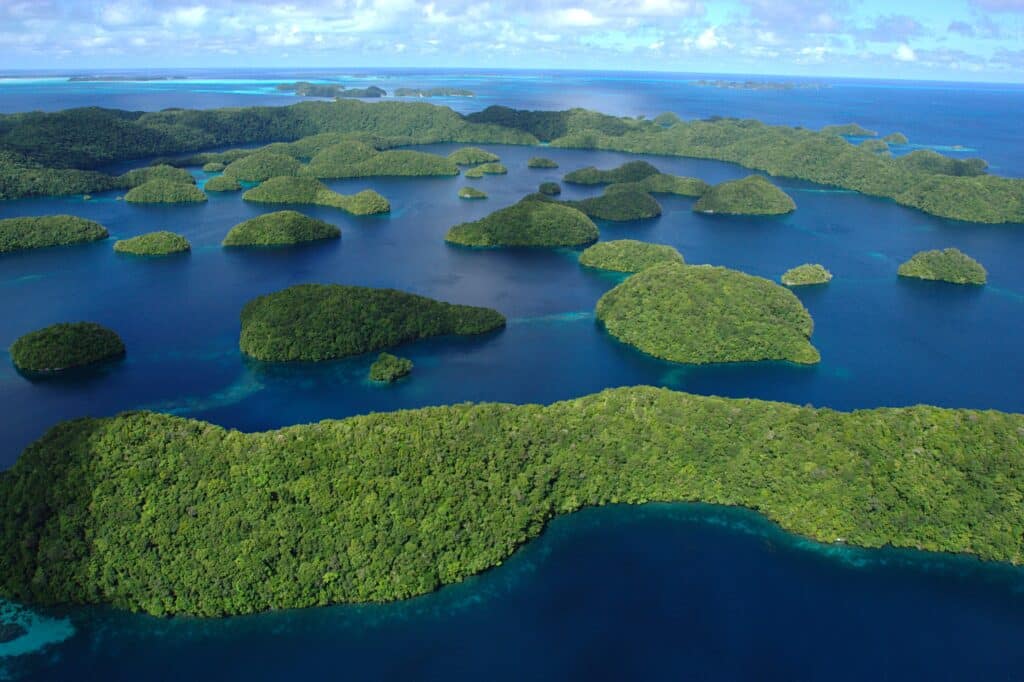
Palau adopted the world’s first anti-nuclear constitution in 1979 and has been an ecological trailblazer ever since. They have set the bar high for responsible tourism with the introduction of their Ol’au Palau programme.
Through an app, the programme rewards users with points for things like using reef-safe sunscreen and eating sustainably and locally sourced food. The points can then be used to unlock experiences usually reserved for Palauans.

